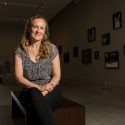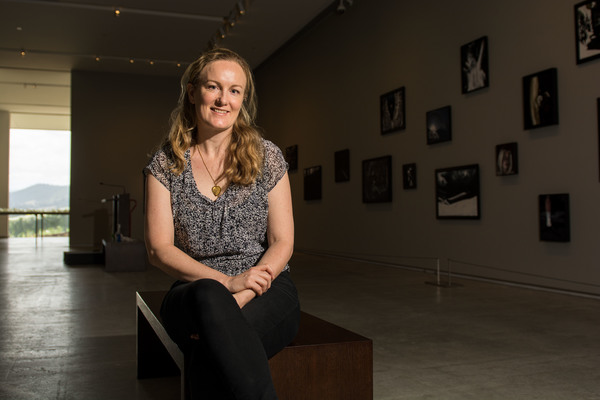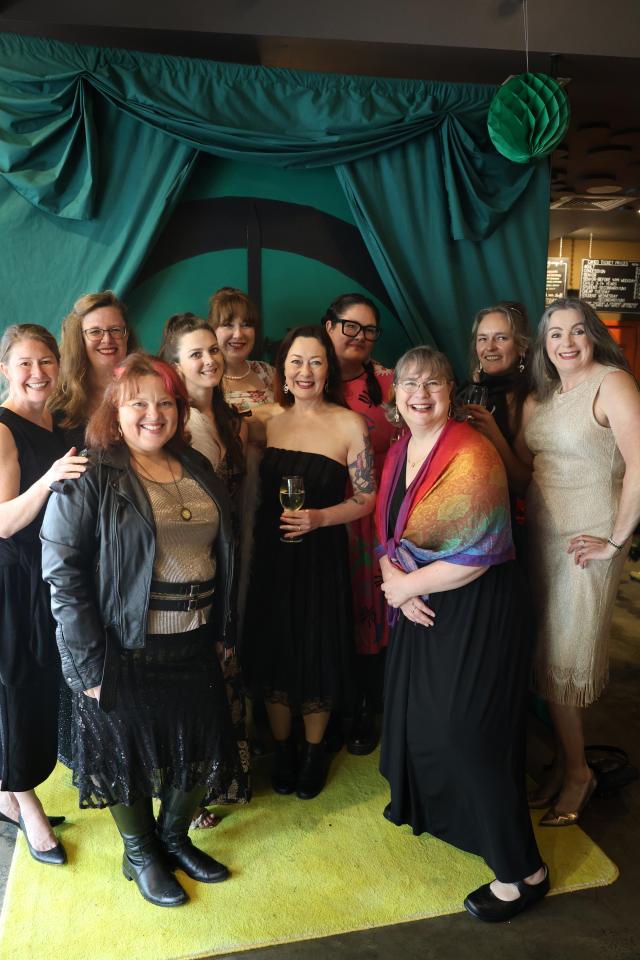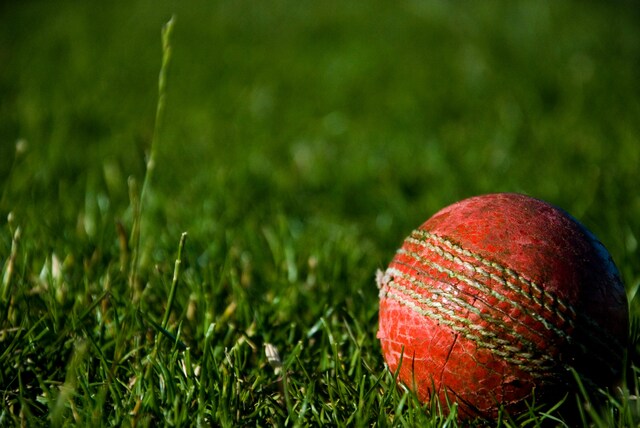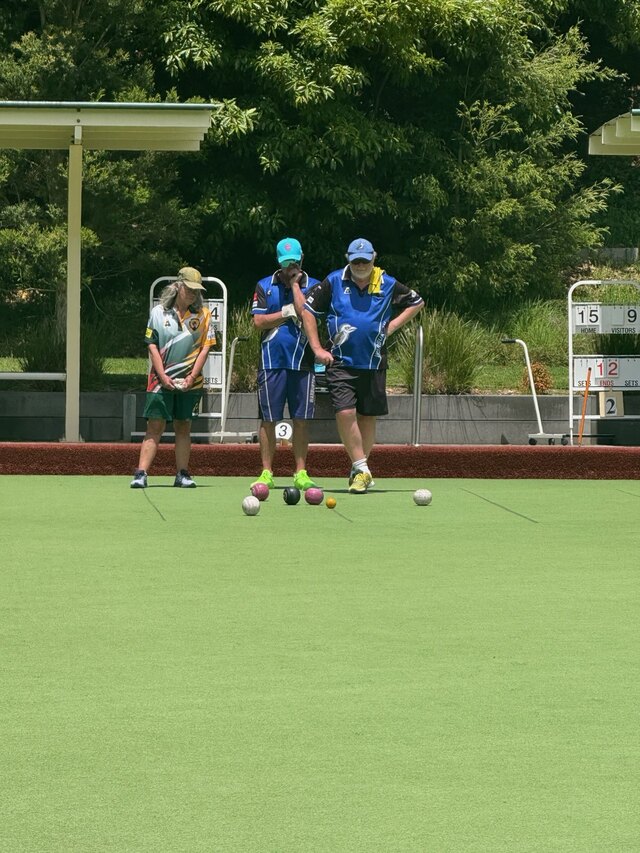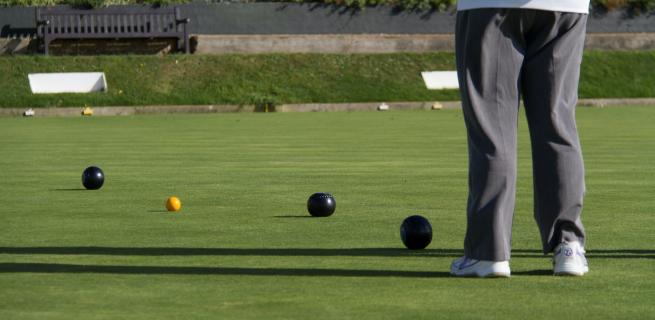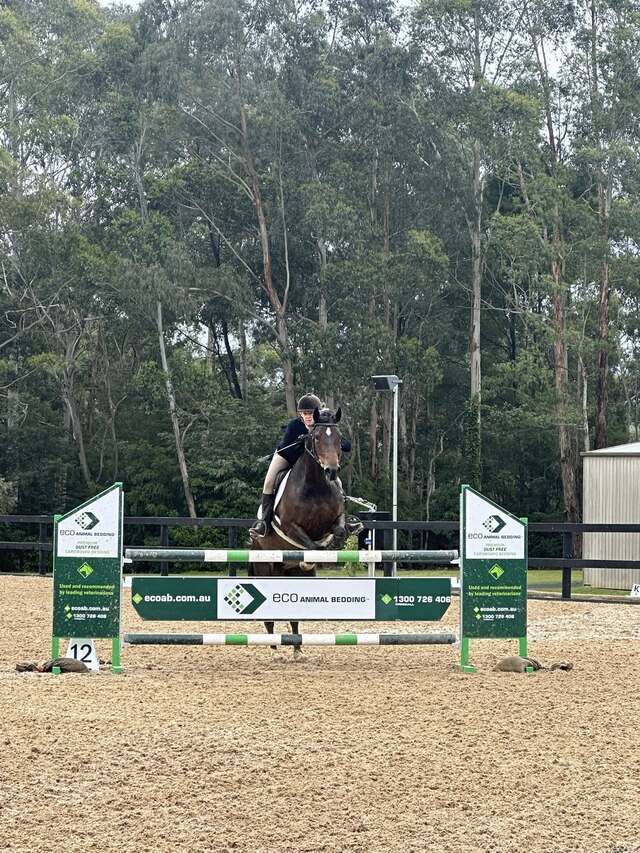By Jesse Graham
Two exhibitions exploring landscapes – real and fictional – opened over the weekend at TarraWarra Museum of Art, with paintings and sculptures on display until 14 May.
Yhonnie Scarce: Hollowing Earth and an exhibition of Melbourne artist Louise Hearman’s work opened at the museum on Saturday, 18 February.
The latter exhibition fills the two main halls of TWMA, with the walls, usually white, painted a deep brown.
Curator Anna Davis said the colour was chosen by the artist to complement their work, which features portraits and landscape paintings with dark, mysterious and ominous themes.
When compared to previous exhibitions in the space, such as last year’s Biennial exhibition, the lighting in the space and the works combine to give an unsettling feeling to viewers – that, Ms Davis said, was the point.
“Originally, she was talking about it being like a cave, or having this mysterious, dark quality,” Ms Davis said.
“She spent a long time picking the exact colour which is called, actually, intuition, which is quite fitting.”
Though the exhibition features more than 50 of Hearman’s works over the span of their career, Ms Davis said it was not a chronological walk-through of their art, but a survey – the first major museum survey of the artist.
“We haven’t worked chronologically or tried to pick works from all different periods or anything like that,” she said.
“Instead, we worked intuitively and we made a decision in the beginning … about the way that she worked, which was quite intuitive, and we decided to kind-of model the show on that.
“It’s all based on atmosphere, feeling, emotion, mood, that kind of thing.”
In the back hall of the museum, framed with a window looking out over vineyards and the valley, is Ms Scarce’s exhibition, which focuses on mining – particularly uranium mining – on Aboriginal land in South Australia.
Her works feature a number of blown-glass fruits, some bearing scorch marks and holes, all made of a faintly green uranium glass.
Ms Scarce, an Aboriginal woman of South Australia’s Kokatha and Nukunu people, was commissioned to make the pieces by TWMA director and curator Victoria Lynn, for CLIMARTE’s Art+Climate=Change 2017 festival.
She said the pieces respond to the 25 underground and open-cut mines in South Australia, with “bush banana” fruits symbolising landscapes that are scarred or hollowed by mining.
“I want people to think of the desecration of land as well – there’s a lot of financial gain through this, but what are you left with?” she said.
“These pieces, on their own … are very much like a landscape, too.
“But when they’re all together, it’s like this cluster of areas that have been affected – it changes as you walk around the table, it’s a three-dimensional landscape.”
She said the colour of the glass works change with the light coming through the window, whether at sunset or in the middle of the day – and that light would continue to change as summer gives way to autumn.
Combined with photographs of mining areas and nuclear bomb models on display near testing areas in South Australia, Ms Scarce said she hoped the pieces would make visitors think of the “sickness” that uranium could cause.

